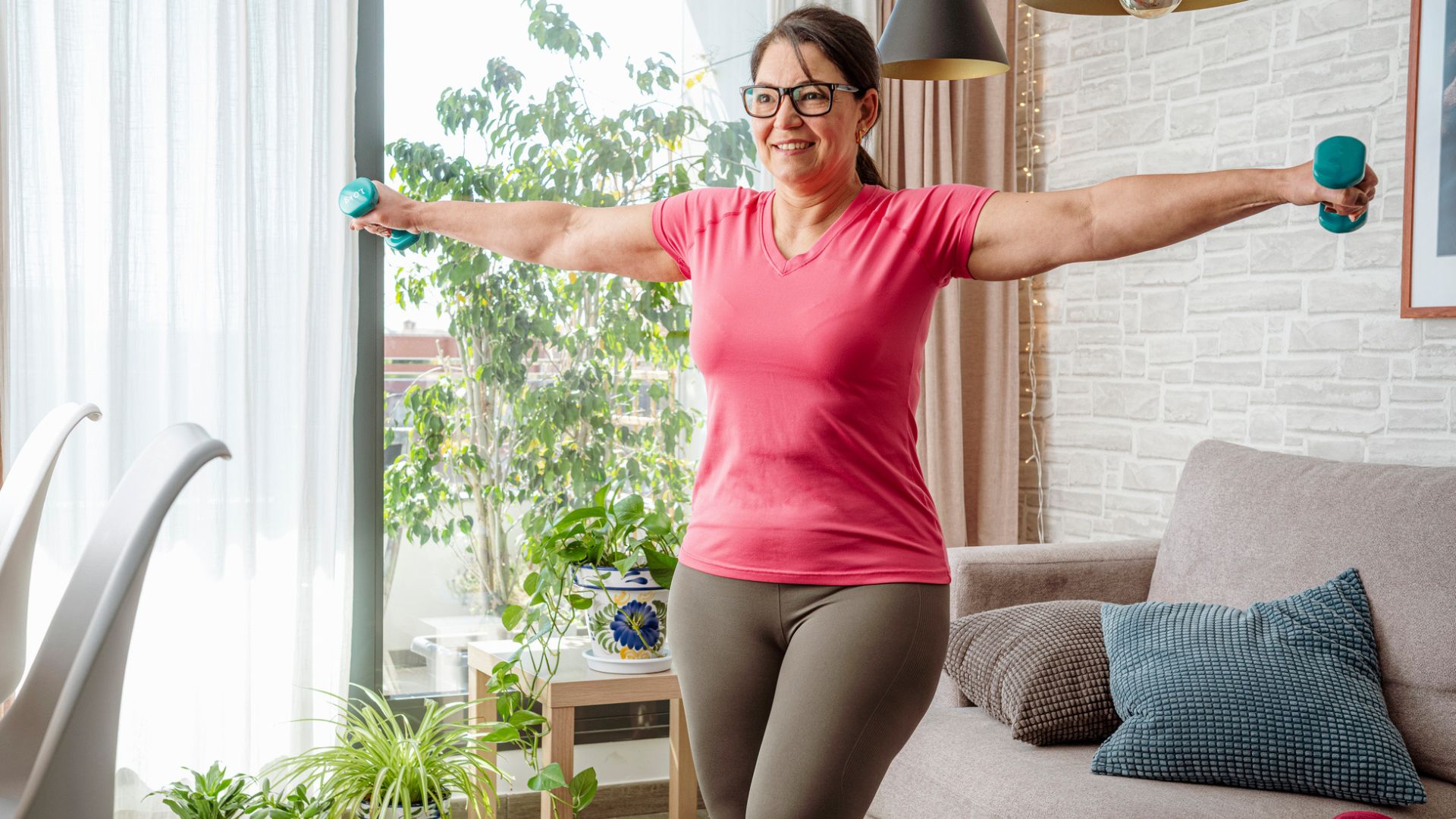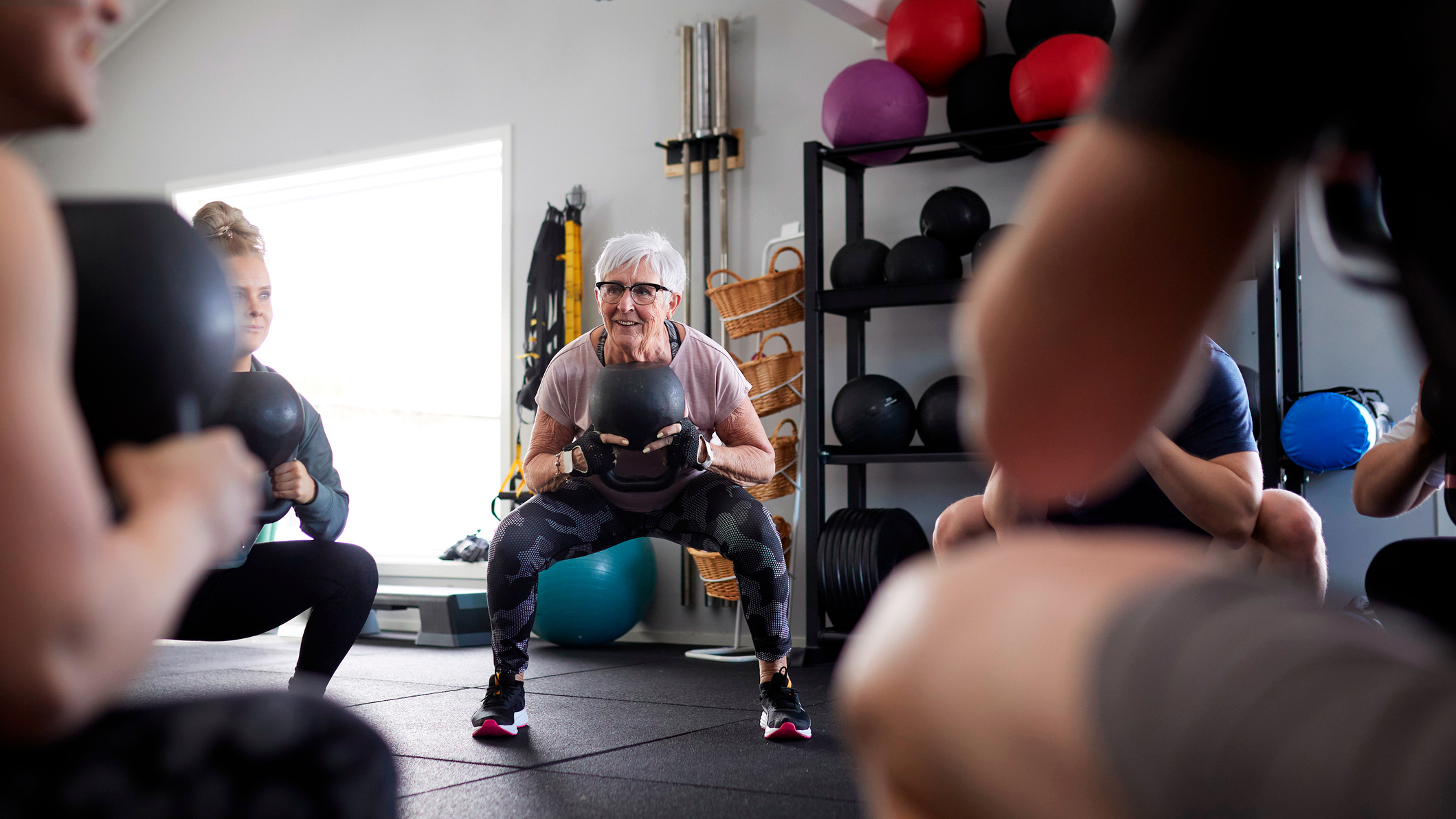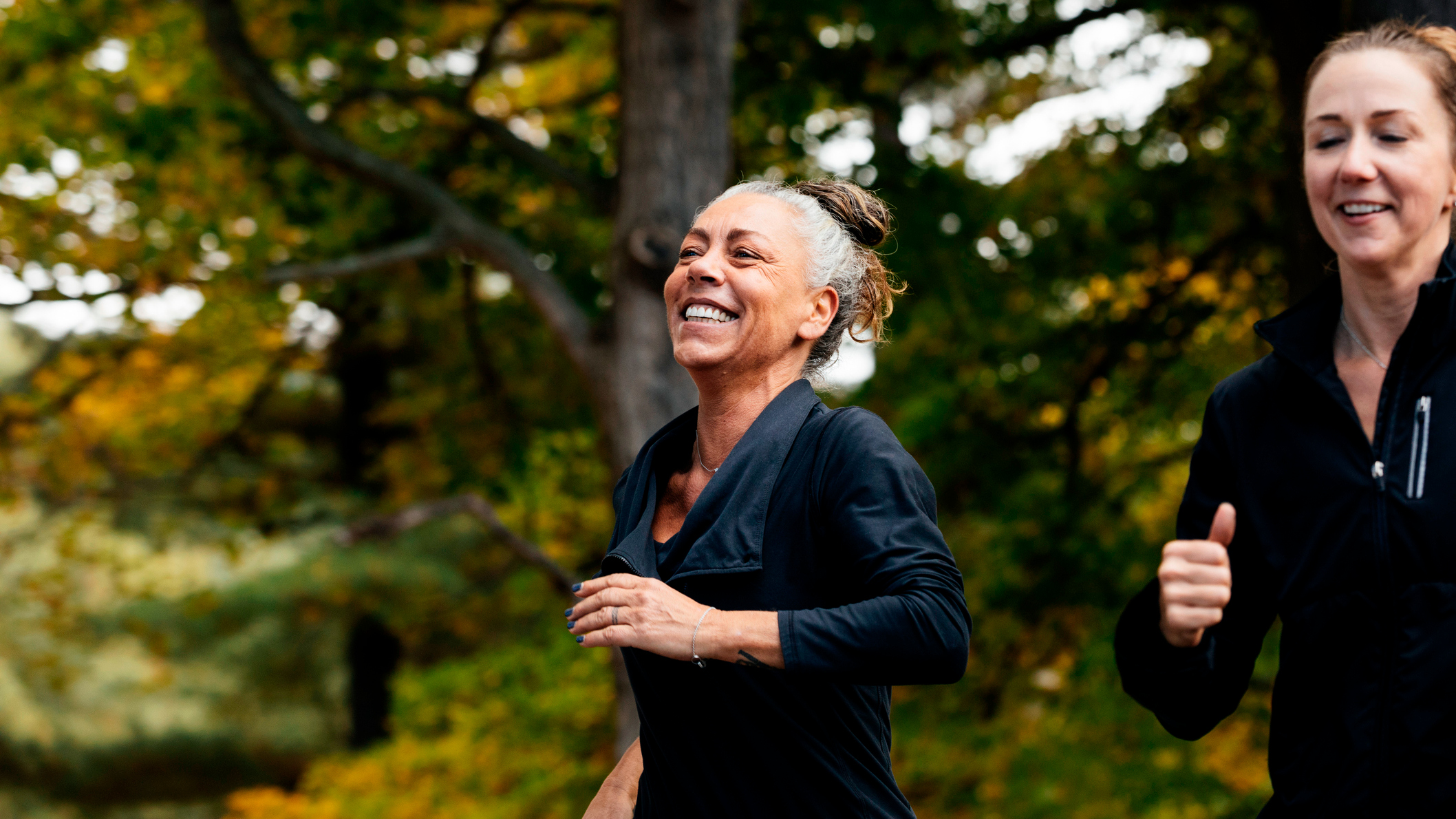Don’t neglect these two things if you want to maintain your mobility, strength and independence as you age, says a certified trainer
Act today to look after tomorrow

Nobody likes to think about aging, but it’s a fact of life.
With every passing year from your mid-40s, muscle mass tends to become harder to maintain, bones weaken, joints stiffen and cardiovascular fitness declines.
But, according to David Lloyd master trainer Jack Claxton, everybody has two trump cards we can play to offset this natural ageing process—and the earlier we start, the better.
“Improving your VO2 max and regular strength training are two massive things for longevity,” Claxton tells Fit&Well.
“Together they are going to be what makes the greatest difference when you’re 70, 80 or 90 to your mobility, strength and ability to be independent,” he says.
At David Lloyd Clubs, Claxton trains a broad range of clients, young and old, experienced and inexperienced, but his advice always returns to these two principles. Here’s why and how to get started on improving each one.
1. Strength training

“Regular strength training with your bodyweight or resistance, and especially with free weights, improves stability, which is crucial to avoid falls as you age,” says Claxton.
Start your week with achievable workout ideas, health tips and wellbeing advice in your inbox.
It also helps maintain muscle mass to offset sarcopenia and improves bone density to ward off osteoporosis.
Longevity expert Professor Michael Snyder PhD, senior author of a recent study that found the aging process accelerates at around 44 years of age and again at 60, echoed Claxton's sentiment when speaking to Fit&Well late last year.
“You want to keep your muscle mass up throughout your life because it really generates a lot of very useful hormones,” says Snyder. “They call them mitokines or exerkines, these molecules that are very beneficial for you.”
How to improve your strength
Another recent study from renowned fitness expert Brad Schoenfeld PhD and others found that the minimum effective dose to enjoy the benefits of strength training is much lower than previously thought.
The researchers found that two 30-minute sessions of resistance training per week is plenty to increase muscle and strength.
They also found that performing just one set per strength exercise, stopping within two reps of the point of failure (known as two reps in reserve) is a “time-efficient strategy for promoting muscular adaptations”.
2. VO2 max

Aligned with this advice, Claxton recommends that everyone devotes at least two training sessions per week to resistance exercise and a third to performing low-intensity steady-state cardio like brisk walking, running, cycling or swimming.
Regularly practicing steady-state cardio, a type of aerobic exercise in which your body uses oxygen to create energy, will gradually improve the health and efficiency of your respiratory system—and in turn your VO2 max scores.
VO2 max is the maximum amount of oxygen your body is able to use during exercise—or any activity, from hiking and gardening to tackling a HYROX race.
The higher your scores, the more oxygen your body can consume, and the more efficiently it can convert that into energy to fuel your activity.
How to improve your VO2 max
Like your maximum heart rate, your VO2 max will naturally decline with age. But, as with your heart, regular exercise can slow or even reverse this natural decline.
Spend too much time on the internet and you will see many experts insist VO2 max is improved with intense interval sessions. They’re not wrong, but for many of us, epecially those who are returning to exercise, it can pay to start slow.
“There’s no right or wrong approach to cardio,” says Claxton. “It just comes down to what you enjoy.
“So for an absolute beginner, who might not be doing anything at the minute, something as simple as going out for a walk every day would be an improvement.”

Sam Rider is an experienced freelance journalist, specialising in health, fitness and wellness. He is also a REPS level 3 qualified personal trainer.
